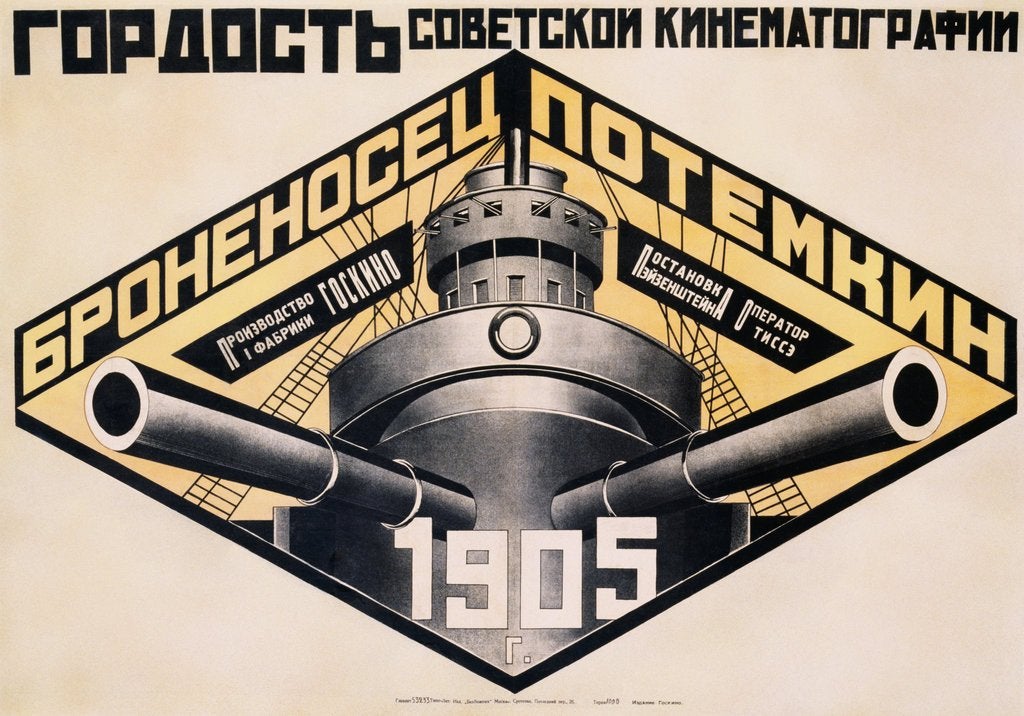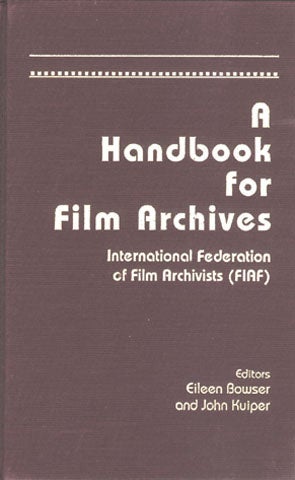
John B. Kuiper (center) and Jan-Christopher Horak (right), 1986
There are probably not many people in the field of moving image archiving today who remember Dr. John B. Kuiper, but he was both a pioneer and a leader, when the field itself was still in formation. For three years in the 1980s, he was my boss at George Eastman Museum, before he moved to a teaching position at North Texas State University in 1987, and I succeeded him as head of the Film Department. John was a very kind and generous person, but it was not a happy time for him, given the museum’s contradictory politics at the time. And I have to admit that as a young, ambitious, freshly baked archivist, I was not always kind to John, even though he treated me with utmost fairness and respect, as he treated everyone.
John Bennett Kuiper was born on June 22, 1928 in Ann Arbor, Michigan, where his father was a professor. He attended schools in Lexington, Kentucky and completed his B.A. in Art at the University of Kentucky. As a 20 year old, Kuiper started a career in photography, and indeed one of his photos is housed in the collections of the Museum of Modern Art. With his interest in art and photography, John spent a year at László Moholy-Nagy’s New Bauhaus school at Illinois Institute of Technology in 1952-53, where he was also a cameraman for NBC-TV and a Chicago-based show, Zoo Parade. He then joined the U.S. Army Signal Corps for two years, before going to Iowa for graduate work. John’s M.A. thesis at the University of Iowa, Pictorial composition in the cinema (1957), marked his turn to film aesthetics, and was followed by a Ph.D. three years later in Iowa on An analysis of the four silent films of Sergei Mikhailovich Eisenstein, written at a time when academic film studies was non-existent. In the dissertation, Kuiper analyzes various forms of Eisensteinian montage, based on his actual practice, rather than his published film theories.

Poster for Battleship Potemkin (Sergei Eisenstein, 1925)
For a while, John continued his academic career, teaching filmmaking in Iowa, before he was hired in summer 1965 to run the Motion Picture Section of the Library of Congress (LoC), which had recently been added to the brief of Prints and Photographs Division. John had been recommended to the post by Eileen Bowser, who he met while conducting his Eisenstein research. In 1967, the American Film Institute was founded by an act of Congress, and through John’s efforts began funding preservation at the LoC, the first such work actively conducted by the institution. According to his colleague, Paul Spehr, John was also responsible – with NEA Administrator Chloe Aaron – for convincing the National Endowment of the Arts to set up a funding committee, which became FAAC/TAAC and eventually morphed into AMIA, the Association of Moving Image Archivists. As Spehr recently recalled, John also “reversed the Library's policy of copying and then destroying nitrate film. Finally, he initiated a program to establish and apply quality standards for films deposited in the Library for Copyright registration, and worked to establish a film preservation laboratory at the Library in the 1970s.” While at the LoC, Kuiper was also instrumental in its membership of FIAF (International Federation of Film Archives), was elected to the Executive Committee after 1970, and was Vice-President of the Federation from 1971-1977. Along with Eileen Bowser, he edited FIAF's A Handbook for Film Archives (1980).
 In 1977, John Kuiper was named Director of the Film Department at Eastman Museum, after the sudden retirement of founder James Card. Almost immediately, John had to deal with a nitrate fire in a not quite storage vault, which ironically led to an insurance settlement that kept the museum financially afloat for a while, but there was trouble on the horizon. Robert Doherty, the museum’s Director, who had literally hired John on a plane, was fired by the Board after he attempted to initiate a major capital campaign for a new museum building, and John was asked to step in. As Acting Director, John was forced to let go a significant percentage of the staff, a move he agreed to only after the Board made promises to him that they could not keep. Then, in summer 1984, the Board and new Director Robert Mayer announced that the Eastman collections would be donated to the Smithsonian, so that the Eastman house could be restored as a historic mansion, an intention foiled by grassroots political activism.
In 1977, John Kuiper was named Director of the Film Department at Eastman Museum, after the sudden retirement of founder James Card. Almost immediately, John had to deal with a nitrate fire in a not quite storage vault, which ironically led to an insurance settlement that kept the museum financially afloat for a while, but there was trouble on the horizon. Robert Doherty, the museum’s Director, who had literally hired John on a plane, was fired by the Board after he attempted to initiate a major capital campaign for a new museum building, and John was asked to step in. As Acting Director, John was forced to let go a significant percentage of the staff, a move he agreed to only after the Board made promises to him that they could not keep. Then, in summer 1984, the Board and new Director Robert Mayer announced that the Eastman collections would be donated to the Smithsonian, so that the Eastman house could be restored as a historic mansion, an intention foiled by grassroots political activism.
In May 1987, John accepted a position as Chair of the Department of Radio/Television/Film at North Texas State University, where he spent 12 years, including serving nine years as the Chair. There, he taught film history, criticism and theory, media copyright and legislation, film and television archives, and film production. He also became more heavily involved in the University Film and Video Association, an organization he had been President in the 1960s, which presented him with a Life Achievement Award in 1998.
John Kuiper died peacefully on May 11, 2017 in Washington, D.C., where he had lived since retiring from North Texas State in 1998. John will be remembered by his friends and colleagues as a man without enemies, and as a major influence on the development of the profession of film archiving.
< Back to Archival Spaces blog






 Mobile Navigation
Mobile Navigation

